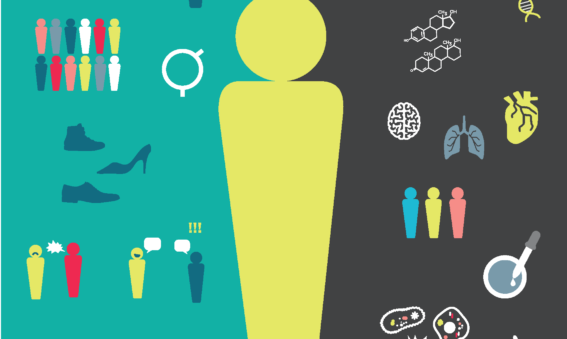Across virtually all levels and topics of education, students need to learn facts. The SlimStampen algorithm, developed at the UG, aims to optimize the process of fact learning. PhD student Thomas Wilschut explains how the algorithm works, what it tells us, and how future work (including his own) can improve it.
Setting goals efficiently drives long-term goal pursuit, but it also facilitates the experience of flow states – such an intense focus on the present activity that goals, as future-oriented objects, lose importance and experience becomes deeply meaningful. Metaphorically, what makes a journey meaningful is not its destination, but the process itself.
Why and how do you measure sex or gender in your research participants? Are you still using a single binary question (male/female), or do you still add the option “other”? Are you aware of the differences between sex and gender? This blog post provides some hands-on best practices tips for including sex and/or gender in your research and for writing about them in an inclusive way.
Researchers at the National Institute for Public Health and the Environment (RIVM) have analyzed sewage for remnants of certain psychoactive substances. What does it tell us about students’ consumption?
This is the third installment of Mindwise’s “new and noteworthy books” feature: an overview of interesting new psychology books and resources that have become available recently in our library collection.
In this post, Isabel explains why skipping breakfast could negatively affect performance, health, and well-being. Restricted food intake seems to worsen cognitive functions and decrease job performance. Further, it can affect mood and several aspects of overall well-being. Skipping breakfast regularly seems to be even worse and can result in nutrient deficiencies or elevated risk of diabetes type 2. Nevertheless, the evidence is not conclusive and according to the literature, intermittent fasting can be beneficial for some individuals.
Meditation is popular, but what exactly are we talking about and how does it work? In this article, student Nidarshana Ganesan addresses the ‘trendy’ practice of meditation, and puts forward its benefits as supported by neuropsychology.
People with multiple sclerosis or Parkinson’s disease may experience visual complaints. Although these complaints do not always come forward during an assessment of visual functions, they are extremely bothersome in daily life. How can we ensure that these complaints are recognized and acknowledged in clinical practice?
Thinking without thoughts: The new and commonly misunderstood phenomenon that is unsymbolic thinking
Unsymbolized thinking is alike any other type of specific and controlled thinking, except that it occurs without any words, images, or symbols. Read more about it here.
Negotiations are everywhere, really. But negotiating successfully is not easy, especially if you have only little power over the process or its outcome. But does this mean you’re doomed to end up the loser? Perhaps not, as Giorgos Michelakis explores in this post.










